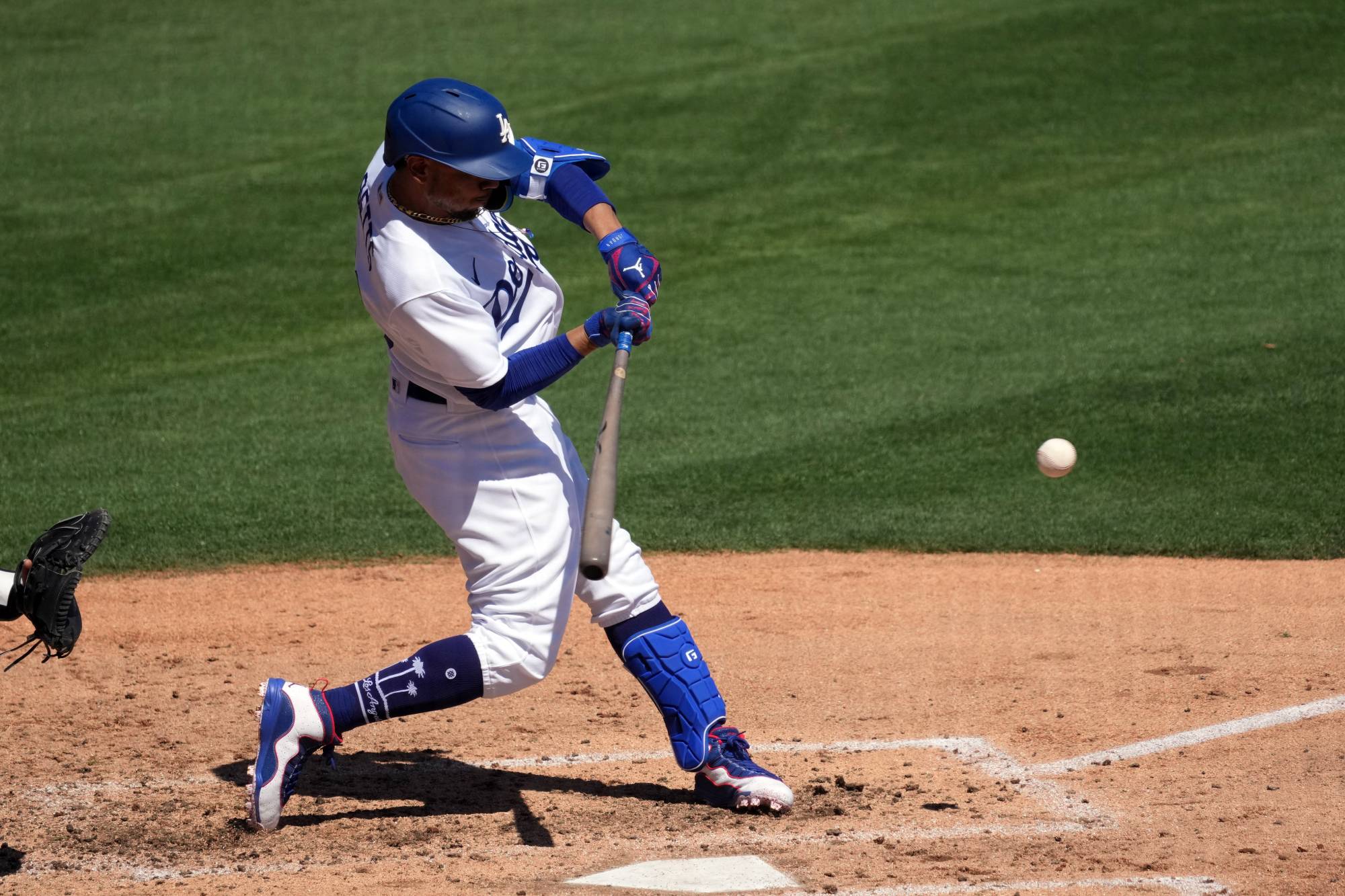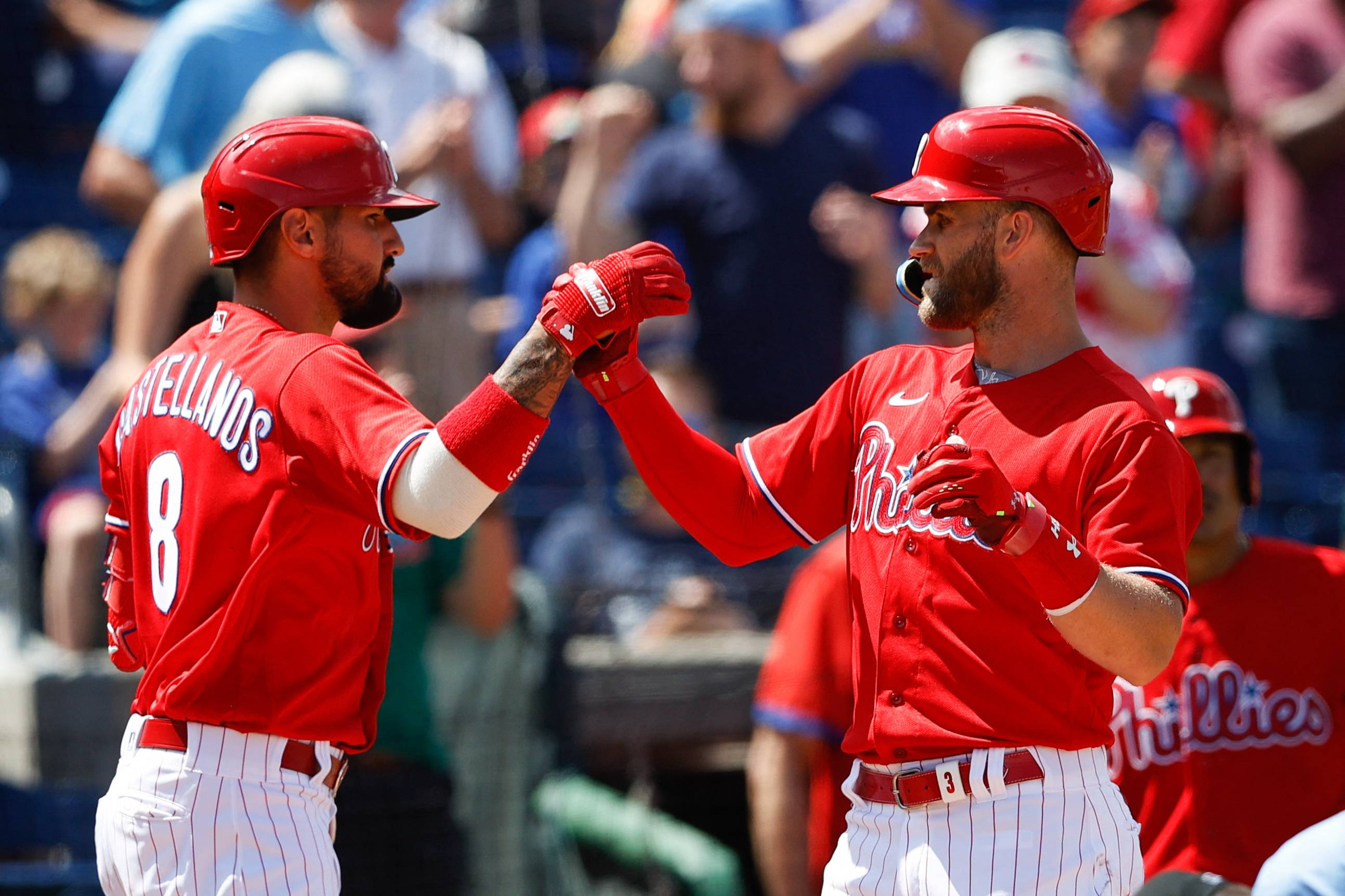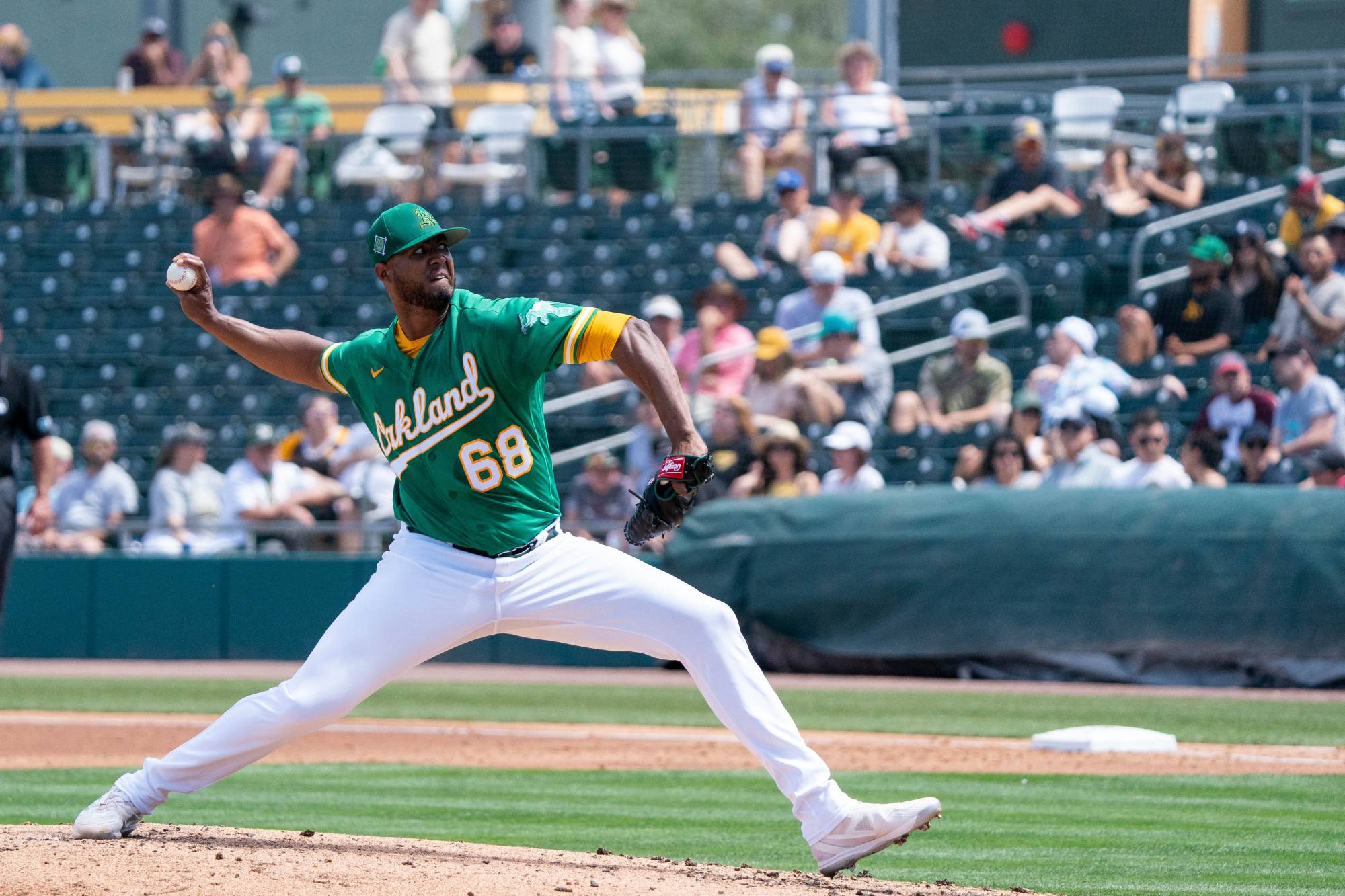Money doesn’t buy championships, but it certainly helps.
Eight of the past 12 World Series winners have had a payroll in the top 10 in Major League Baseball in the season in which they won. The exceptions: the 2011 St. Louis Cardinals, the 2015 Kansas City Royals, the since-tainted 2017 Houston Astros and the 2021 Atlanta Braves. Of the winners, the Royals are the only one considered to be a small-market club.
So when the 2022 MLB campaign begins Thursday — a 99-day lockout ended in time to preserve a 162-game season — expectations will be highest for the teams at the very top of the payroll rankings. They are a mix of the usual suspects (the Los Angeles Dodgers, the Boston Red Sox and the New York Yankees) and a newcomer (the New York Mets) — all from big markets. They are the teams that were, in several ways, at the center of a dispute that ended nearly three decades of labor peace in the sport.
The resurgence of the once-thrifty Mets has added a new dynamic to the baseball hierarchy in New York and across MLB. Because of the willingness of the Mets’ second-year owner, Steven Cohen, to spend money, a new luxury tax threshold that was negotiated into the sport’s new labor agreement by the 30 MLB club owners has been nicknamed after him. Meanwhile, the owner of the always-contending Yankees, Hal Steinbrenner, has bristled at the notion that he needs to keep up with Cohen.
“I can’t control what resources other owners or other teams have, and what they’re going to do with those resources,” Steinbrenner said last month. “I make the same commitment every year, my family does, which is to do everything we’re able to do to field a championship caliber team and try to win a World Series.”

But the Yankees haven’t won a World Series, or even appeared in one, since 2009. The Mets’ last title came in 1986, but their most recent trip was in 2015. The Dodgers have appeared in three of the past five, winning in 2020.
Those three clubs, all projected to pay the luxury tax this season, top the projected MLB payroll rankings heading into opening day. According to FanGraphs’ payroll calculations for luxury tax purposes, the Dodgers ($293 million) lead the pack, followed by the Mets ($287 million) and the Yankees ($262 million).
“It’s great for the fans in New York to have two competitive baseball teams,” Steinbrenner said.
Steinbrenner was one of the seven owners on MLB’s labor committee who negotiated the new collective bargaining agreement with the players’ union. For months, the sides bickered about the economic foundation of the sport. A significant reason for the tension: MLB is the only one of the major North American men’s professional sports leagues without a hard salary cap. In the NFL and the NBA, revenue is split between team owners and players at a fixed rate.
But in MLB, where players’ salaries are public but owners’ revenues are not, teams can spend as little as they want. They can also spend as much as they want — as long as they are willing to pay the competitive balance tax penalties, which are viewed as a soft cap by some teams and a hard one by others. The union successfully negotiated the largest luxury tax threshold jump from one labor agreement to the next, with the first threshold going from $210 million in 2021 to $230 million in 2022. To get that, though, the players agreed to a new, fourth threshold at $60 million over the base.
That is not a problem for Cohen.
“Listen, $290 million is a lot of money to spend overall, and I’m OK with it,” he said last month. “I don’t feel like it’s so confining that I can’t live with it.”
Even before the pandemic affected revenue in the sport, players had voiced complaints about how teams were behaving. Despite record-setting contracts in recent years, overall spending had dropped.

In 2021, the $4.05 billion spent on payroll was the lowest in a fully completed year since 2015, according to The Associated Press’ calculations. Only two teams — the San Diego Padres and the Dodgers — paid the luxury tax. Nine teams spent $92 million or less in payroll. The median MLB salary was $1.15 million, down from the record-high $1.65 million in 2015. And the average career length was about four years, with salary arbitration, which provides significant raises, generally not starting until after a player had accrued three years of service time.
Those numbers, though, are expected to go up in the current agreement because the sides agreed to raise the league-minimum rate, which the majority of players make, from $570,500 in 2021 to $700,000 in 2022. There will also be a $50 million bonus pool for top young players who are not yet eligible for arbitration. This offseason, owners spent more than $3 billion on new player salaries, breaking the previous winter record, which was set in 2016.
“The MLBPA historically has wanted a market-based system,” Commissioner Rob Manfred said, referring to the players’ union, the night the new agreement was struck last month. “Over multiple negotiations, that’s been a primary objective of theirs. Markets produce market results. And I think that the changes that were made in this agreement moved dramatically in their direction on topics like the CBT threshold.”
During labor negotiations, owners — who ran an estimated $11 billion-a-year business before the pandemic — argued for ways to tamp down high-end spending and improve the sharing of talent or money among clubs. Players, a more diverse group whose members are not all millionaires, wanted a freer market, improved competition among clubs (and thus more spending) and trickle-down economics led by the top clubs.
“The teams in the biggest market spending means that the system is working well. That wasn’t the case here for a long time,” Mets shortstop Francisco Lindor, a member of a top union committee, said in Spanish.
He continued, pointing out that the team in the Bronx had spent less in certain years to reset its luxury tax penalty status: “The Yankees stopped spending for a certain amount of time, too. And that means the system wasn’t working the way it was supposed to work. We hope that with this new CBA there will be new teams spending and especially those in the big markets.”

New teams did open their checkbooks this winter. After keeping their payroll relatively low in recent years, the Texas Rangers made more than half a billion dollars in commitments. They lavished a 10-year, $325 million contract on shortstop Corey Seager and a seven-year, $175 million contract on second baseman Marcus Semien. The Detroit Tigers and Philadelphia Phillies joined the Dodgers and the Mets in guaranteeing more than $200 million in new contracts this winter.
“It’s important to the industry as a whole — and I’ve said this before so it’s nothing new — not one fan should come to spring training thinking their team has no chance to win a division, no chance to make the playoffs,” Steinbrenner said. “That can only be bad for the industry as a whole. So I have supported competitive balance and measures to try to address that even in this agreement.”
But some clubs don’t appear ready to compete for the playoffs, which expanded to 12 teams from 10. Some — even those in big markets (the Oakland Athletics) or those receiving revenue sharing from others (the Pittsburgh Pirates) — are rebuilding and shedding players and salaries. The widening gap between the lowest— and highest-spending teams has concerned people like Lindor.
Case in point: Lindor’s teammate Max Scherzer, who will make $43.3 million this season after signing with the Mets, is expected to earn more than the entire estimated opening day payrolls of the following teams, according to Cot’s Baseball Contracts: the Baltimore Orioles, the Athletics and the Pirates. The Cleveland Guardians aren’t far ahead of Scherzer, with a projected payroll of $52 million. Lindor singled them all out and compared them with the Mets’ payroll.
“That’s $200 million in difference, and you didn’t see that before,” said Lindor, who was traded by Cleveland to the Mets before last season and then signed a 10-year, $341 million extension to stay. He added: “When teams are winning, they make money. They say they don’t make good money, but they’re generating good money. The industry keeps growing.”
This article originally appeared in The New York Times.
In a time of both misinformation and too much information, quality journalism is more crucial than ever.
By subscribing, you can help us get the story right.
Source : Baseball – The Japan Times